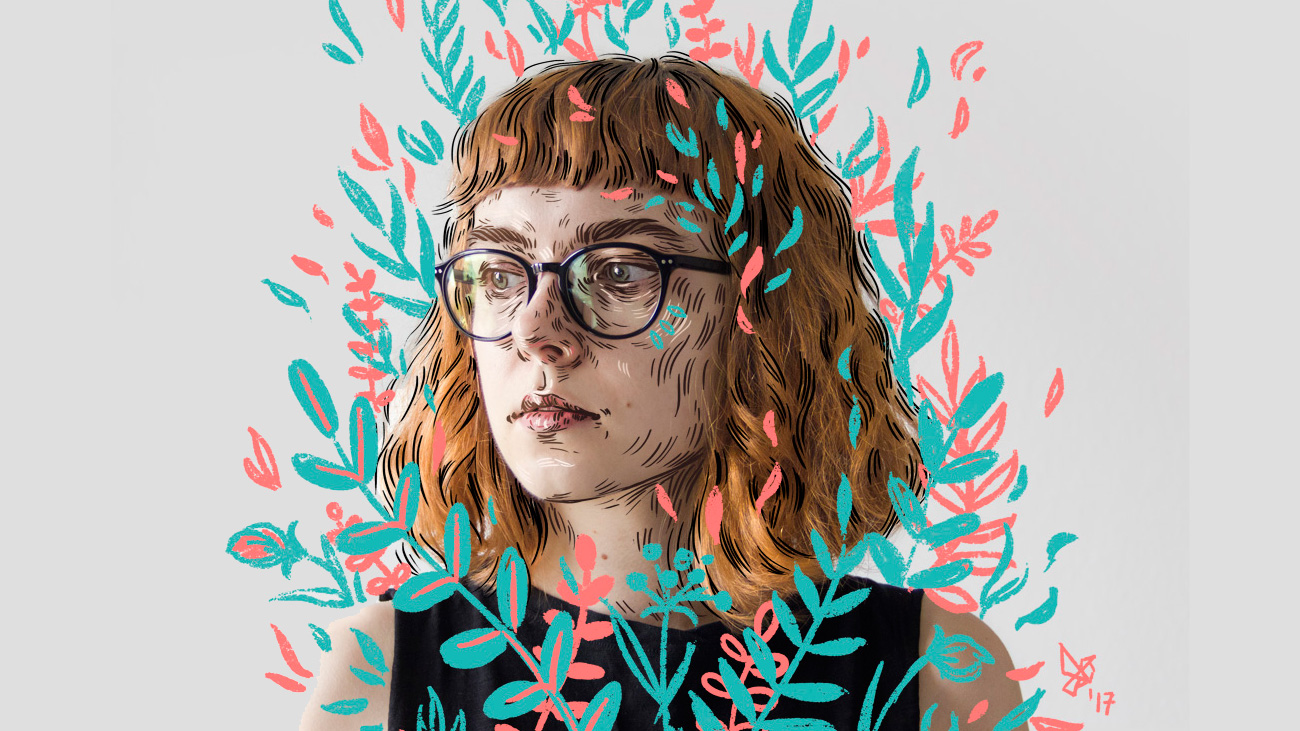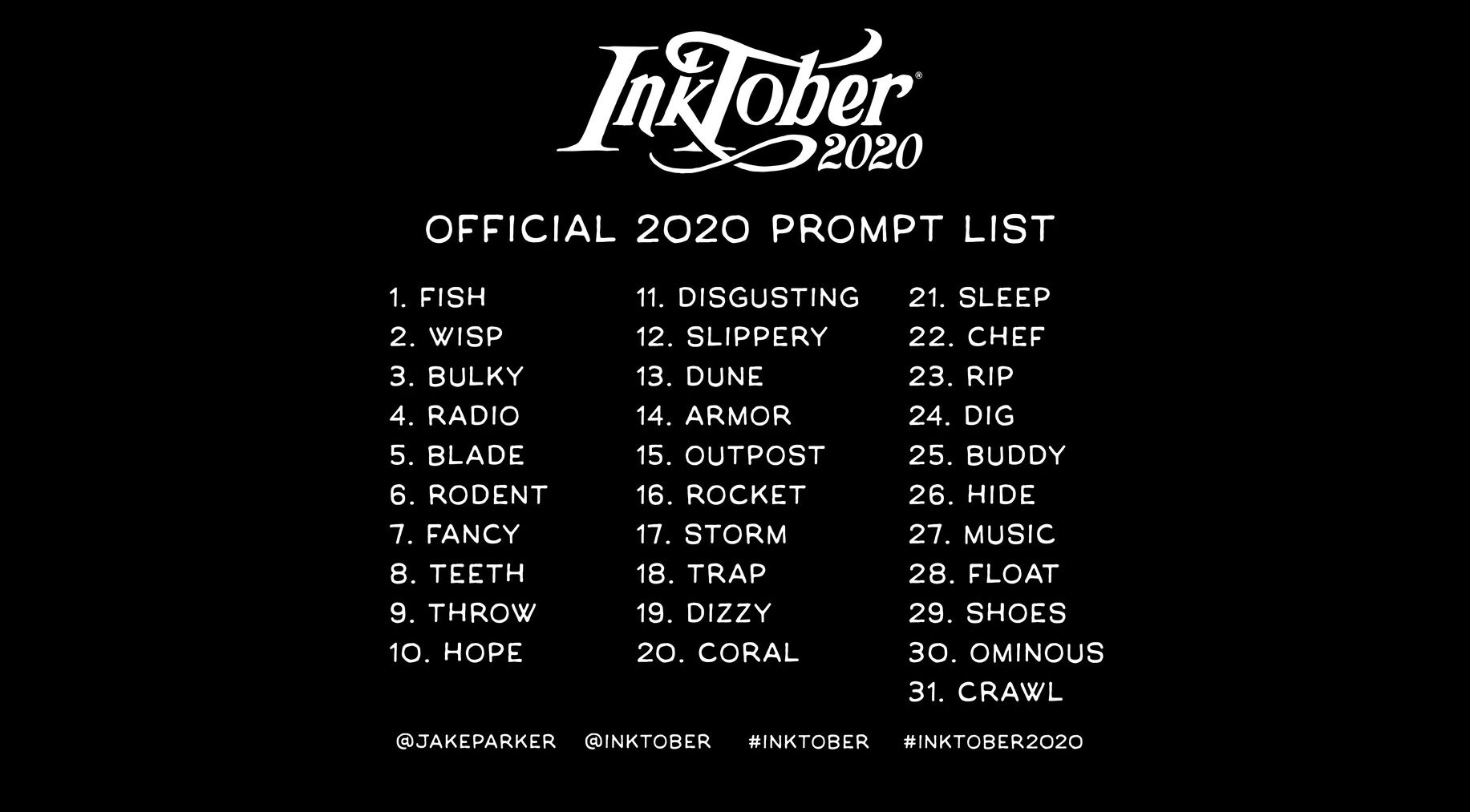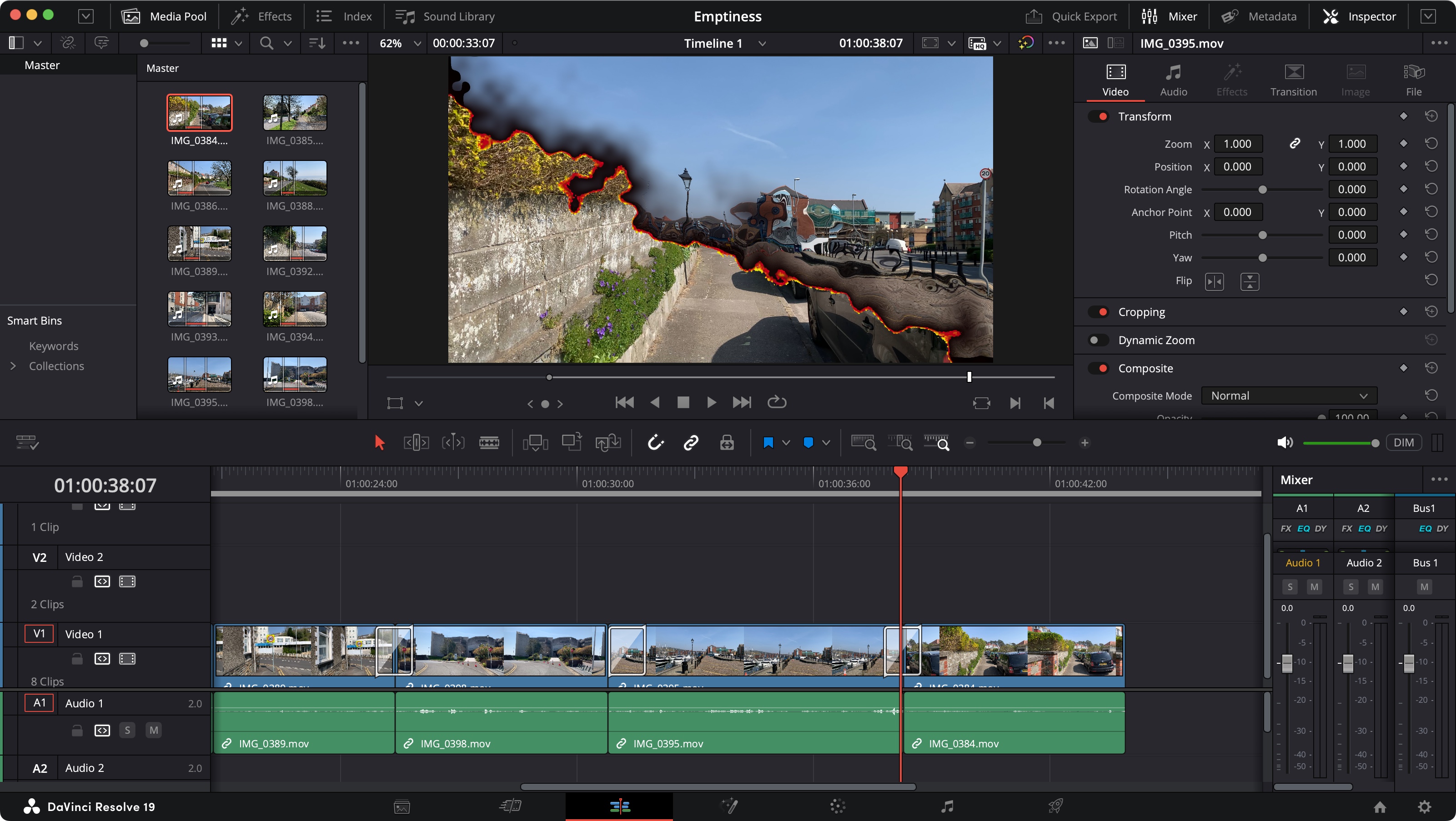Inktober 2020: Tips for success in the art challenge
How to have your best year yet.

Inktober is almost here. This year marks the 11th year of the art challenge, which asks participants to create an ink drawing every day for the month of October (it's one of various October art challenges). It's a challenge that is increasingly popular in the art world, with many enjoying the process and some reaping many rewards from taking part.
As the name suggests, the drawings should be in ink, see our pen and ink drawing tips if you need a little help. And if your pencil case is looking depleted, check out our guide to the best pens for artists.
What are the rules for Inktober?
The rules for Inktober are to create a drawing in ink every day for the whole of October, and then share it. You don't have to share it online, although if you want to, use the hashtags #inktober and #inktober2020. You can follow the prompts provided or create your own.
Some people choose to do a more flexible version of the challenge, however, and do a drawing every other day, or once a week for the month.
You can also follow an alternative version of Inktober, where you create a drawing every week for an entire year.
Inktober started life in 2009, when Jake Parker decided he needed a challenge to help him improve his Japanese brush pen technique. Since then it has exploded in popularity, and become a true community event.
"I think it's popular because you can tailor the challenge to your needs as an artist and make it as simple or as challenging as you want it to be," says Parker. To help you get the best from this year's event, we asked some regular challenge participants for their advice on smashing Inktober – read on to find out what they had to say.
01. Use a prompt list

Whether you choose to follow the official prompt list (above) or make up your own, illustrator Cathrine Sandmæl thinks it can be helpful to have a plan of some kind. "If you are set on finishing all the days I would recommend making a prompt list with suggestions of things you can draw, a theme or anything that gives you some idea of what you can draw every day," she says.
Artist Daria Golab echoes her sentiments. "Get to know the list of prompts before you start, if you follow one, or come up with enough of your own subjects or ideas to always have something to fall back to if your creativity is low some days."
02. Make a schedule

Derek Laufman is an Inktober veteran who has completed 31 drawings each year since he discovered the challenge in 2014. His top tip? Plan ahead. "When I know October/Inktober is approaching I start to mentally prepare myself, but also set aside time in my schedule," he points out. "These drawings take anywhere from two to four hours, which is a big chunk of my work day. So I make sure that I'm setting aside a designated time each day to make it happen."
03. Don't stress about missing a day

Got late stuck at work or ended up on an impromptu day trip without your pens? Don't worry. "I see every year see people who feel stressed out when they think about doing a drawing everyday for 31 days," says Sandmæl. "To them I would say that the most important thing is to have fun and don’t stress out if you miss a day or two."
Sandmæl herself has never completed the challenge 100 per cent, but has still got plenty of value from it. "I always end up with a collection of drawings I feel proud of," she continues. "I've even gotten some client work because of them, so it’s never a waste to try!"
04. Be realistic
It's easy to get carried away with grand plans, but great artwork takes time, and realistically you're not going to be able to create a masterpiece each day. "Be honest with yourself how much time you’ll be able to spend on drawing each day," advises Golab. "Think how complicated you want your drawings to be according to the time you have."
05. Set up your workspace

Founder Jake Parker is all about preparation. "Set your tools out and get your drawing area ready in advance," he says. "You don't want to waste creative time prepping your space." Parker also suggests getting started early – use September to look at other ink drawings for inspiration, and sketch out ideas, so that come October you can just focus on inking.
06. Try something new

Whether you often work with ink or have fallen out of touch with traditional tools and are looking to reconnect, this is the time to push the boat out and be brave. "Inktober is the best moment for me to experiment, try different ways of inking and come up with some changes or additions to my style that help me evolve and push my skills forward," says Golab.
07. Adapt the rules to your needs

While the 'official' challenge suggests completing an ink drawing each day, feel free to adapt the rules so you can get the most from the challenge personally. For example, illustrator and comic artist Alexa Pasztor tends to do just two or three artworks across the month. "If I'm going to sit down and do something on paper, I prefer to spend more time on it and make something with a more 'completed' feel to it than just a daily sketch," she says.
08. Get involved on social media
If you get stuck then there's inspiration abound on the Inktober hashtag on Twitter and Instagram – plus plenty of people willing to offer help and advice. If you're comfortable sharing, don't forget to hashtag your work with #inktober and #inktober2020 so others can see it.
"The community aspect of it is a great motivation," says Golab. "Every year it feels like the most creative month, all over social media and even around my friends and colleagues who draw occasionally as a hobby. I absolutely can’t imagine October without Inktober."
Read more:

Thank you for reading 5 articles this month* Join now for unlimited access
Enjoy your first month for just £1 / $1 / €1
*Read 5 free articles per month without a subscription

Join now for unlimited access
Try first month for just £1 / $1 / €1
Get the Creative Bloq Newsletter
Daily design news, reviews, how-tos and more, as picked by the editors.

Ruth spent a couple of years as Deputy Editor of Creative Bloq, and has also either worked on or written for almost all of the site's former and current design print titles, from Computer Arts to ImagineFX. She now spends her days reviewing small appliances as the Homes Editor at TechRadar, but still occasionally writes about design on a freelance basis in her spare time.
